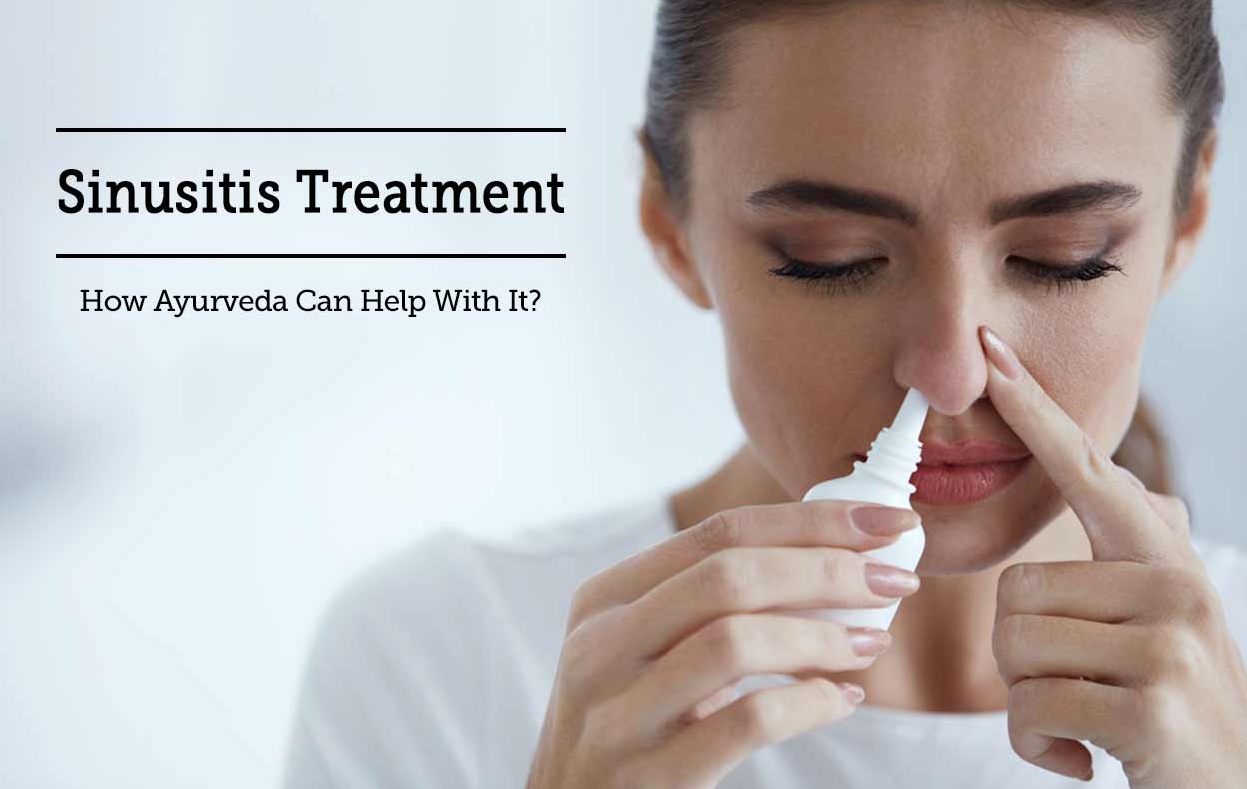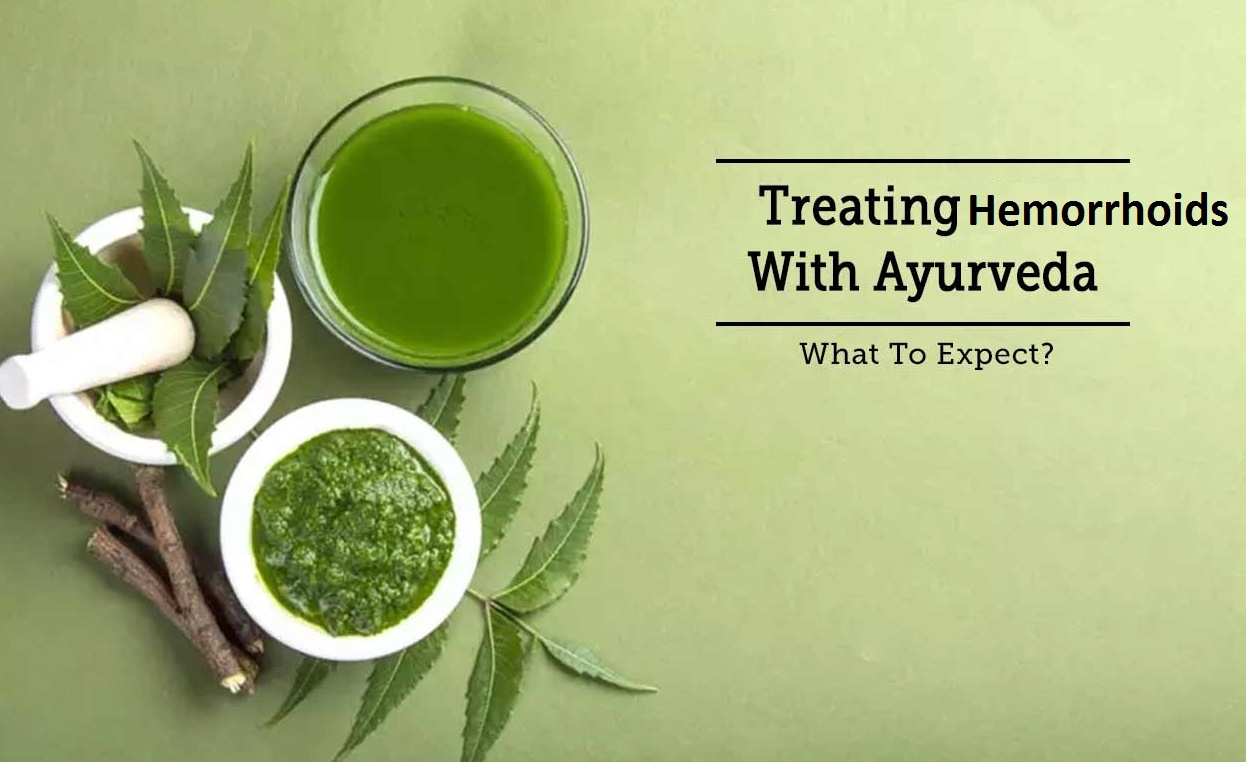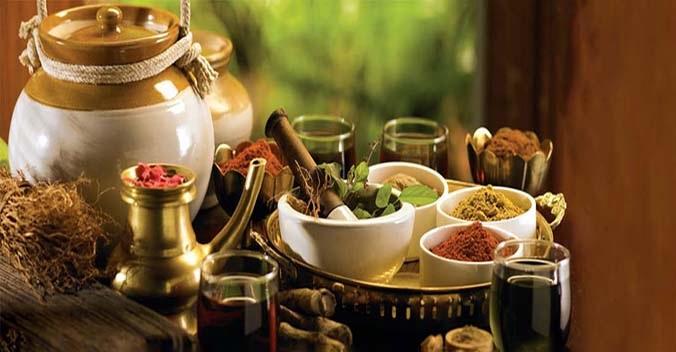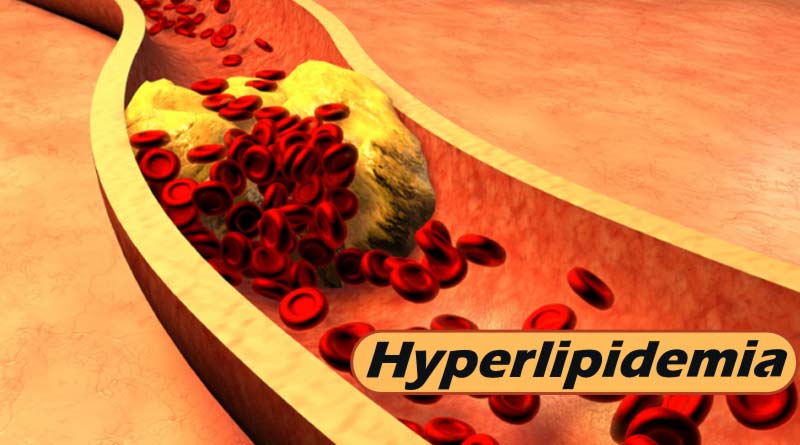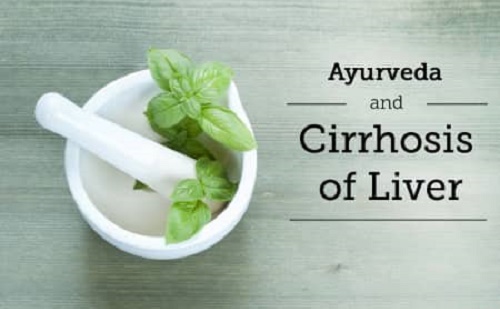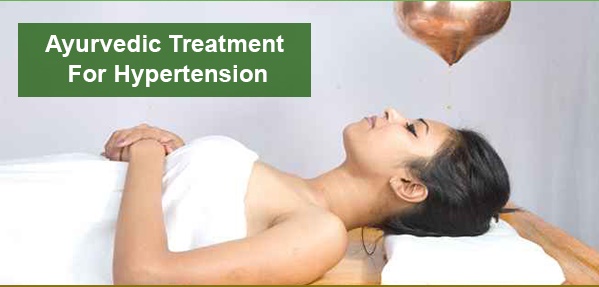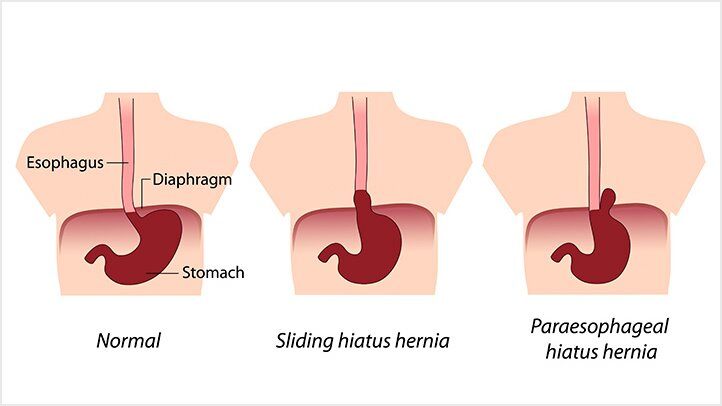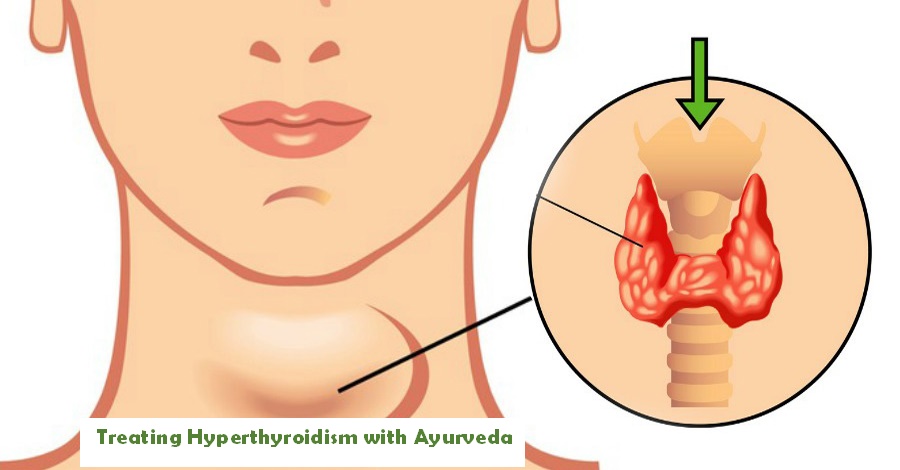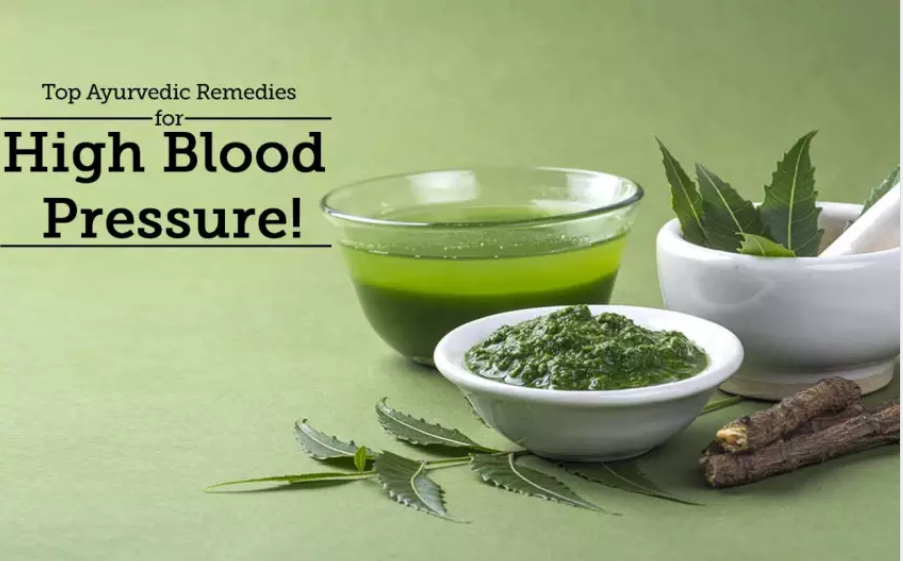Let us first learn—What Sinusitis is—
SINUSITIS TREATMENT: Sinusitis– is a condition in which the cavities around the nasal passages become inflamed. Nasal congestion is usually owing to swollen nasal membranes from inflammation of the blood vessels.
Acute Sinusitis could be triggered by a cold or an allergy and may resolve on its own whereas–Chronic Sinusitis lasts up to eight weeks and may be caused by an infection or growth.
Symptoms include–headache, nasal congestion and runny nose.
Acute Sinusitis usually does not need any treatment beyond symptomatic relief with pain medication, nasal decongestants and nasal saline rinses. Chronic Sinusitis will require treatment.
Conditions that can cause Sinusitis-
- Allergic rhinitis, which is an oedema of the nasal mucosa
- Small growth in the nasal mucosa
- A deviated septum
- Swelling in the nose as in a common cold
Infection of the subacute sinus lasts typically 6 to 12 weeks. Symptoms of chronic inflammation persist for about 12 weeks, and recurrent Sinusitis occurs several times a year.
Treatment of Sinusitis with Ayurveda—
Diet—
- Do not consume Kaphakara Aharas such as ice cream, cottage cheese, milk, banana, oily foods, fried foods and other junk foods.
- Avoid fruits at night.
- Avoid drinking too much water and drink only warm water when you feel thirsty.
- Food should include turmeric, pepper and ginger.
Lifestyle—
- Avoid taking a head bath and limit oil application.
- Try not to expose yourself directly to air-condition,fan or sitting near a window while travelling in an open vehicle.
- Steam inhalation * twice daily with camphor or a few drops of eucalyptus oil in water.
- A warm compress on the affected areas provides relief from pain and heaviness.
Home Remedies for Sinus
? Have
freshly prepared warm foods. Also, eat lots of vegetables and fresh fruits in your diet plan.
?Drink warm water only or add cinnamon and black pepper to your drinking water.
?Avoid cold items
?Eat garlic and ginger
?Take enough rest
?Sleep on one side with a pillow lower the head. This can prevent the flow of mucus in the air passages.
Because of the rising pollution, the inner layer of the nose gets inflamed. To balance this, our body produces more nasal secretions & sneezes to pull out this dust and dirt. If these secretions are not allowed to discharge (with the help of anti-allergic medicines or inhalers), they can sit in the sinuses and irritate. This leads to severe headaches.
Sinus Treatment with Ayurveda—
Nasyam or otherwise called Nasya Karma is a distinctive and one of the five detoxification therapies mentioned in Ayurveda, very successful in treating Sinusitis. Recurrence can also be prevented with this. Ayurvedic treatment for Sinusitis includes expelling intensified body energies with the help of some Ayurvedic Herbs and diet. Nasal therapies and applications can also help. The ayurvedic regimen removes the root causes of Sinusitis by eliminating toxic build-up, improve metabolism, reducing Vata imbalance and provide relief from stress. Panchakarma, the traditional detoxification treatments of Ayurveda treatments form the cornerstone of your in-door treatment program.
What we can do—
Cover nose with a mask or scarf while leaving the house.
Secretions should not be blocked, instead should be freed up. Do Nasya treatment.
These remedies can cure frequent chronic cold, Sinusitis, allergic rhinitis and headaches.
It is essential to take proper care when you have Sinusitis. With Ayurveda, you have zero side effects, and the results are guaranteed.
In a nutshell–
Imbalanced doshas cause Sinusitis. The Nasya and other medicated oil massages can cure sinus.
Madras Institute of Ayurveda (MIA) has a well-equipped out-patient department with facilities for consultation in different specialities and regular check-ups. It possesses an in-patient department with up-to-date, well-equipped Panchakarma theatres. Successful treatment programs for an entire range of diseases are offered.
So, connect at www.miayurveda.org to learn more about the treatments.

